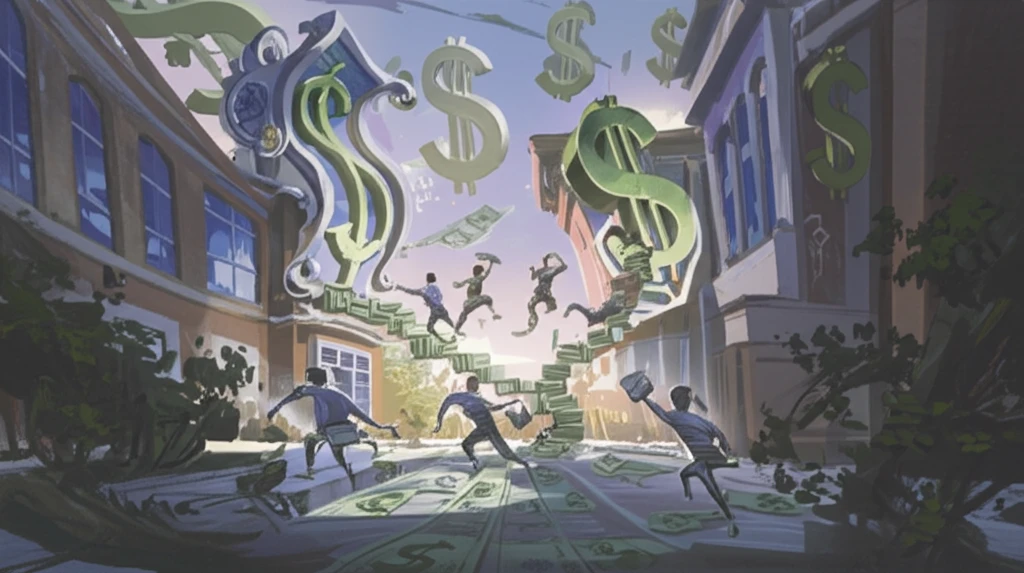
Is College Tuition Too High? How Competition Drives Up Costs
"A new study reveals the surprising ways competition between colleges leads to tuition increases, and what can be done about it."
The price of higher education has become a major concern for students and families. Year after year, tuition costs continue to climb, outpacing inflation and leaving many questioning the value proposition of a college degree. While numerous factors contribute to this financial burden, a recent study sheds light on a surprising culprit: competition among colleges themselves.
Traditionally, competition is believed to lower prices and benefit consumers. However, when it comes to higher education, the pursuit of prestige, top students, and increased resources creates a unique dynamic that drives costs up, not down. This article delves into the intricate feedback loops that fuel this phenomenon, drawing insights from a groundbreaking study on the economics of higher education.
Prepare to challenge conventional wisdom as we explore the hidden mechanisms behind tuition inflation. By understanding how colleges compete and the unintended consequences of their actions, we can begin to explore potential solutions for making higher education more accessible and affordable.
The Competitive College: How the Drive for Prestige Impacts Tuition

A new study published in the Journal of Economic Behavior & Organization, titled “Tuition too high? Blame competition,” examines the complex interplay between colleges vying for reputation, applicants, and tuition revenue. The researchers developed a feedback theory, replicated in a formal duopoly model, to simulate the competitive landscape. This model incorporates an independent ranking entity that assesses colleges, influencing applicant choices based on rankings and financial aid offers.
- Rankings: Aiming for higher rankings drives colleges to invest in areas that improve their standing, even if those investments don't directly enhance the educational experience.
- Capital Campaigns: Fundraising efforts to boost endowments and fund new projects can lead to increased spending and, subsequently, higher tuition.
- Facilities Improvements: The “facilities arms race” sees colleges competing to offer the most cutting-edge and luxurious amenities, adding to the overall cost of attendance.
- Excellence Campaigns: Initiatives to attract top faculty and students, often through hefty compensation packages and generous financial aid, contribute to rising expenditures.
What Can Be Done? Strategies for Controlling Tuition Inflation
The study's authors offer several recommendations for controlling tuition inflation, emphasizing the need to address the structural issues of academic competition. Some potential solutions include:<ul><li><b>Weakening the connection between college rank and associated rewards:</b> This could involve de-emphasizing rankings in funding decisions and hiring practices.</li><li><b>Reducing uncertainty about college quality:</b> Providing more transparent and reliable information about educational outcomes could lessen the reliance on rankings.</li><li><b>Creating a new ranking category for “value colleges”:</b> Highlighting institutions that offer quality education without excessive amenities could appeal to cost-conscious students.</li><li><b>Modifying rankings to encourage collaboration:</b> This could incentivize colleges to share resources and reduce unnecessary competition.</li><li><b>Reconsidering antitrust regulations:</b> Allowing universities to coordinate on financial aid policies could help curb the “arms race” for top students.</li></ul>
